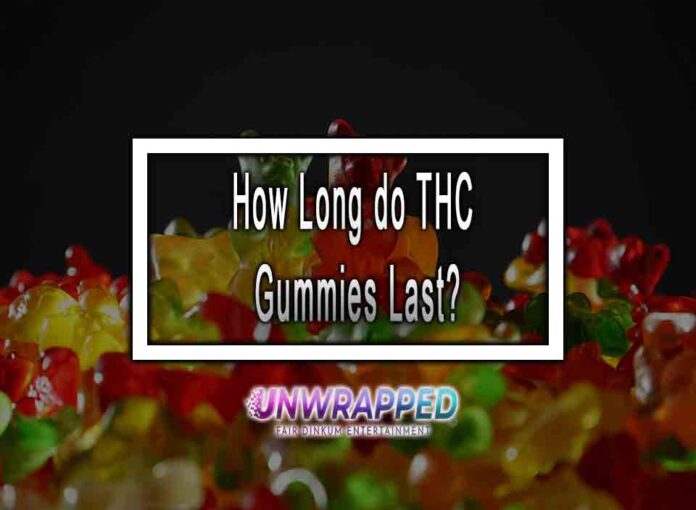Edibles are any foods that contain cannabis, THC, CBD, or cannabidiol. The taste and infusion process of marijuana will vary from edible to edible, so always read the labeling or ask sellers.
The active ingredient THC and its properties
The effectiveness of THC decreases over time. The expiration date speaks to the food platform, not the cannabinoid as an ingredient. If we are talking about three to six months, the effectiveness should remain unchanged if not abused during storage, in edible form THC retains its activity for up to six months.
Edibles typically take 30 to 60 minutes However, the start time depends on many factors.
First, it depends on the product’s active ingredients. If the product contains a high dose or concentration of THC, it may work faster.
Keep in mind that CBD-only edible products are not psychoactive. They do not cause the “high” that is usually associated with edible products full of THC. As a result, it can be more challenging to determine when CBD products take effect.
For both types of products, the time of onset also depends on where in the body they are broken down for ingestion and absorption into the bloodstream.
Lollipops and chewing gums are accelerated because they are sublingually dissolved.
Some edibles, such as lozenges, chewing gum, and lollipops, are swallowed but not actually swallowed. In these cases, absorption occurs through the oral mucosa. This is called sublingual absorption, and the effects will likely come more quickly.
It takes longer to chew edible food because it is absorbed in the digestive system.
Edible chewable foods such as chewing gum, cookies, and pastries may have a longer onset time. This is because absorption first occurs in the digestive tract. From there, the active ingredients enter the bloodstream and enter the liver.
In the liver, the active ingredients are metabolized before they are released back into the bloodstream and into the brain, after which the effects occur.
Physical factors that affect the effects of the substance
Other factors that can affect how quickly you begin to feel the effects of ingested food ingredients are related to your habits and physical attributes. They include
- Dijeta;
- Metabolism;
- Sex;
- Mass;
- Cannabis tolerance.
Since edibles are not eliminated from the body immediately, you may be tempted to take more after your first dose. This can cause you to take too much.
You should always wait at least 24 hours before taking your next dose.
Edible foods don’t burst immediately
Since edibles are not eliminated from the body immediately, you may be tempted to take even more after the first dose. It’s worth waiting at least 24 hours before taking a second dose.
How long do edible species last?
Edible products generally last much longer than cigarettes or vapes (six to eight hours).
Of the THC edible products, the highest blood levels are in the third hour after consumption. That’s when the effects are probably most intense.
Like start time, the duration of an edible depends on many factors, including dose and potency. High levels of foods that are chewed and swallowed may last longer than high levels of foods that are ingested orally.
Personal factors such as metabolism, weight, and patience also affect the duration.
Dosages
Most cannabis food products determine how much THC or CBD is contained in a single serving. For example, one slice usually has a content of 10 milligrams (mg) of THC.
But in some cases, the manufacturer specifies the THC or CBD content of the entire package or food product. For rubber primer use, a package may contain 100 mg of THC. If there are 10 tires in a package, that’s 10 mg per tire.
This can be quite confusing with foods such as cakes and cookies. In some cases, it can mean that a single dose corresponds to a fraction of a unit.
Other types of products THC
Edible products come in many different types, and new products appear on the market almost every day. Common types of edible products take in:
Pastries: cakes, cookies, cookies, and waffles.
Sweets and candy: chewing gum, mints, lollipops, marshmallows, etc.
Beverages: coffee, iced tea, soft drinks, energy drinks, alcohol.
Other products: jerky, butter, sugar, and syrups.
The information in this article is intended to be general in nature. It’s not intended to be a substitute for medical advice in any way from a healthcare professional. Any claims made in the article are untested. Unwrapped encourages you to make any treatment decisions with your healthcare professional.









